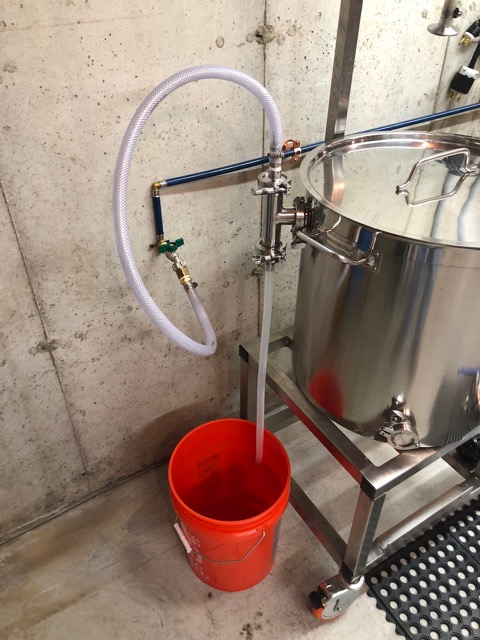Dockside_Brewing
Well-Known Member
- Joined
- Oct 29, 2017
- Messages
- 192
- Reaction score
- 86
Anyone with the Nano 20.........Do you think I could do a 10 gallon batch of stout with a 32 lb grain bill and a 17 gallon water vol? I would hold back 2 gallons for a sparge at the end.


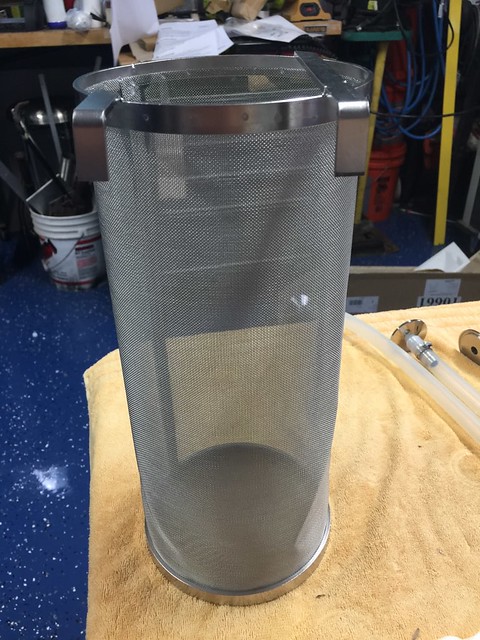
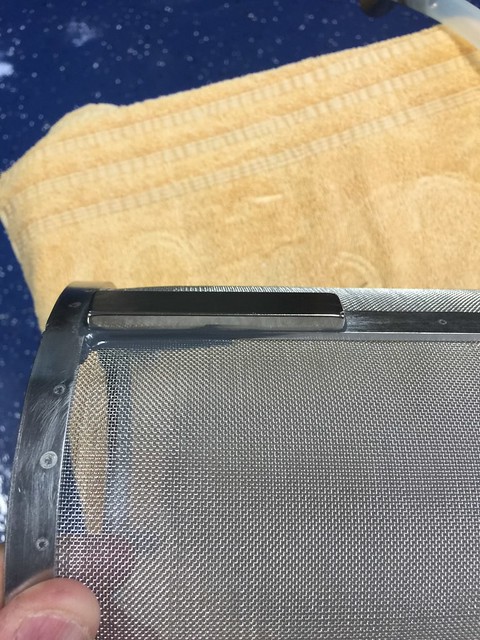
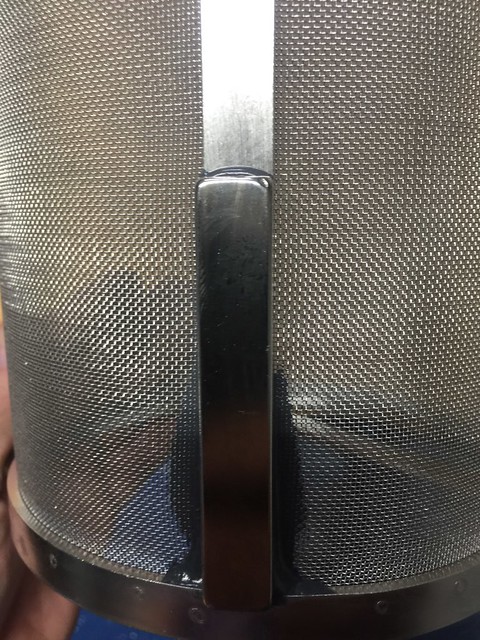
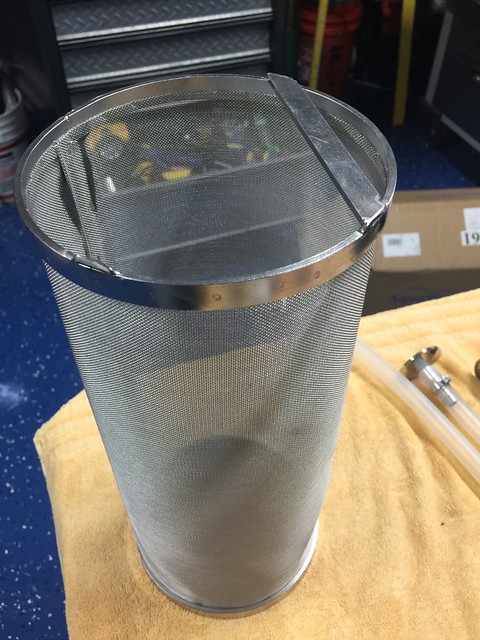
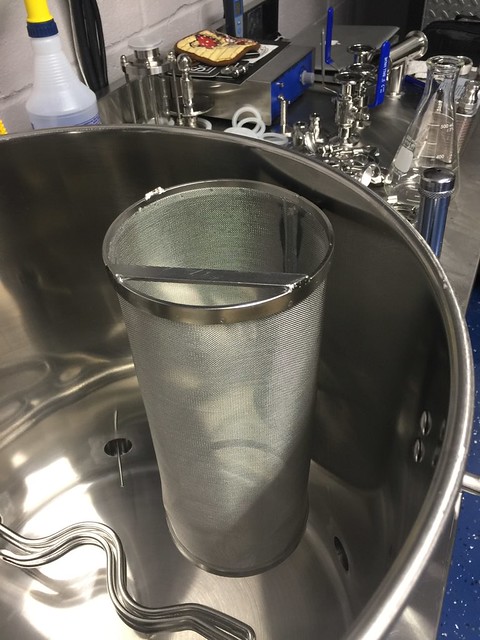
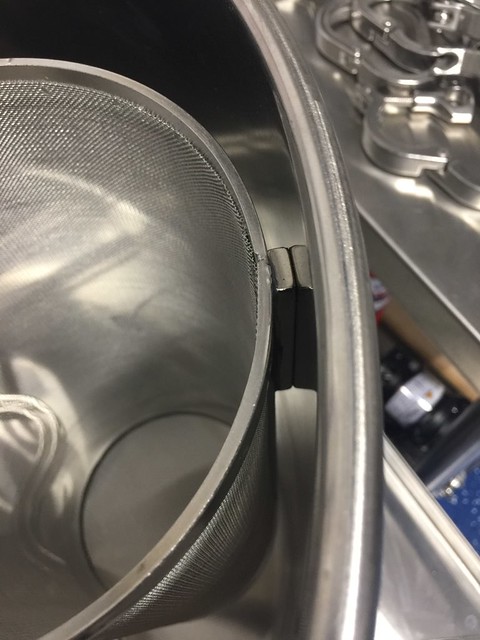
















































![Craft A Brew - Safale BE-256 Yeast - Fermentis - Belgian Ale Dry Yeast - For Belgian & Strong Ales - Ingredients for Home Brewing - Beer Making Supplies - [3 Pack]](https://m.media-amazon.com/images/I/51bcKEwQmWL._SL500_.jpg)









